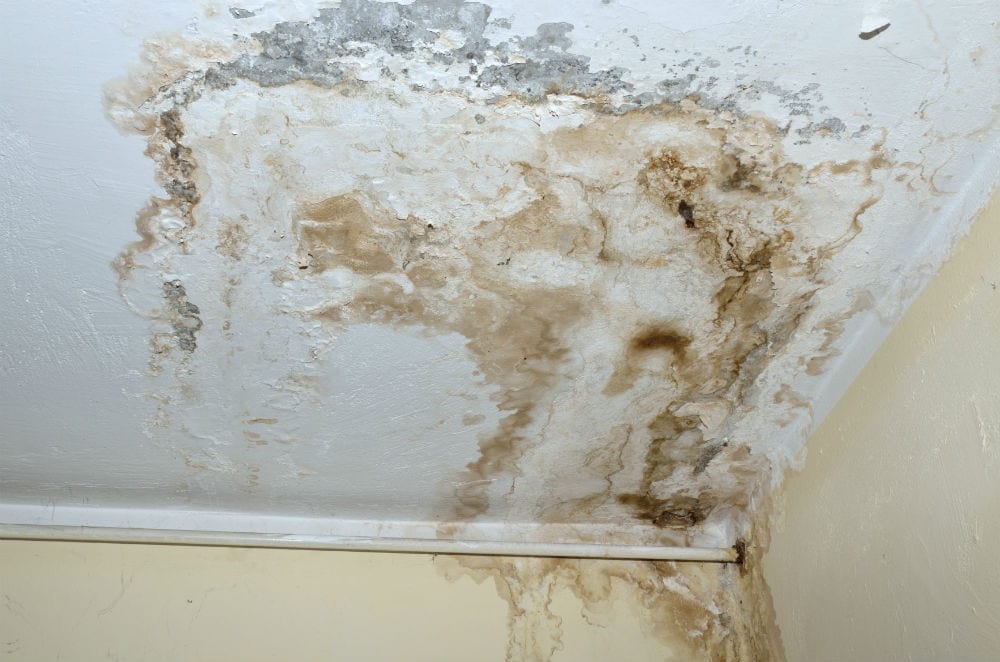6 Water Damage Repair Do's and also Don'ts.
6 Water Damage Repair Do's and also Don'ts.
Blog Article
The content in the next paragraphs about Reducing Your Risk Of Water And Fire Damage At Home is seriously captivating. You should check it out.

Water offers life, water invasion on parts where it's not meant to be can result in damages. Residences with water damage scent musty as well as old.
Water can come from several sources such as tropical cyclones, floods, burst pipes, leakages, as well as sewage system concerns. In case you experience water damage, it would be great to recognize some safety and security preventative measures. Below are a couple of guidelines on how to handle water damage.
Do Prioritize House Insurance Coverage
Water damages from flood because of heavy winds is seasonal. However, you can likewise experience a sudden flooding when a defective pipeline all of a sudden breaks into your home. It would be best to have home insurance policy that covers both disasters such as all-natural tragedies, and also emergencies like busted plumbing.
Do Not Fail To Remember to Shut Off Energies
This cuts off power to your whole residence, stopping electric shocks when water comes in as it is a conductor. Do not fail to remember to turn off the major water line shutoff.
Do Remain Proactive as well as Heed Climate Signals
Pay attention to evacuation cautions if you live near a creek, river, or lake. Doing so decreases prospective property damage.
Do Not Overlook the Roofing System
Prior to the weather transforms shocking, ensure you have a roof covering evaluation. As a matter of fact, it would certainly be prudent to obtain this service each year as it can alleviate complicated problems. You can avoid rainfall damage if there are no openings as well as leaks in your roof covering. Your contractor will additionally look after damaged rain gutters or any other indicators of weakening. This will avoid water from flowing down your walls as well as soaking your ceiling.
Do Take Note Of Small Leakages
A ruptured pipe doesn't take place overnight. Generally, there are red flags that indicate you have actually damaged pipes in your house. You might see bubbling paint, peeling wallpaper, water touches, water spots, or dripping audios behind the walls. Ultimately, this pipeline will break. Ideally, you should not wait for points to rise. Have your plumbing fixed before it results in large damages.
Do Not Panic in Case of a Burst Pipeline
Maintaining your clearheadedness is important in a time of crisis. Since it will certainly stifle you from acting quick, worrying will only worsen the issue. Timing is crucial when it comes to water damages. The longer you wait, the even more damage you can expect. Hence, if a pipe bursts in your house, immediately turned off your major water valve to remove the source. After that disconnect all electrical outlets in the area or shut off the breaker for that part of your house. Lastly, call a reputable water damage remediation expert for help.
Water offers life, water invasion on parts where it's not meant to be can result in damage. Residences with water damage scent old as well as musty.
Water damage from flood dues to hefty winds is seasonal. You might see bubbling paint, peeling off wallpaper, water streaks, water stains, or dripping sounds behind the wall surfaces. When it comes to water damages, timing is vital.
Some Do's & Don't When Dealing with a Water Damage
DO:
Make sure the water source has been eliminated. Contact a plumber if needed. Turn off circuit breakers supplying electricity to wet areas and unplug any electronics that are on wet carpet or surfaces Remove small furniture items Remove as much excess water as possible by mopping or blotting; Use WHITE towels to blot wet carpeting Wipe water from wooden furniture after removing anything on it Remove and prop up wet upholstery cushions for even drying (check for any bleeding) Pin up curtains or furniture skirts if needed Place aluminum foil, saucers or wood blocks between furniture legs and wet carpet Turn on air conditioning for maximum drying in winter and open windows in the summer Open any drawers and cabinets affected for complete drying but do not force them open Remove any valuable art objects or paintings to a safe, dry place Open any suitcases or luggage that may have been affected to dry, preferably in sunlight Hang any fur or leather goods to dry at room temperature Punch small holes in sagging ceilings to relieve trapped water (don't forget to place pans beneath!); however, if the ceiling is sagging extremely low, stay out of the room and we'll take care of it DO NOT:
Leave wet fabrics in place; dry them as soon as possible Leave books, magazines or any other colored items on wet carpets or floor Use your household vacuum to remove water Use TV's or other electronics/appliances while standing on wet carpets or floors; especially not on wet concrete floors Turn on ceiling fixtures if the ceiling is wet Turn your heat up, unless instructed otherwise

I was shown that editorial on Ways to Reduce The Risk Of Fire And Water Damage through someone on our other blog. Don't hesitate to take the time to share this entry if you appreciated it. I thank you for reading our article about Preventing Fires and Water Damage In Your Home.
Report this page